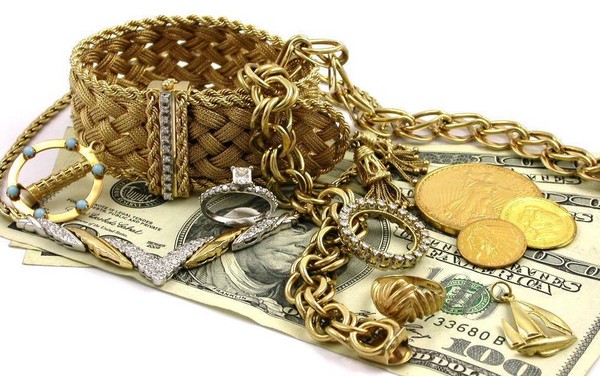Ensuring the Reliability of Precious Metal Documents Through Thorough Validation Techniques
Wiki Article
Gold certificates are significant monetary documents that indicate title of a specific amount of gold. They serve as proof that an individual or institution holds a certain quantity of precious metal, often stored in a secure location, such as a financial institution or a storage facility. The trustworthiness of these certificates is essential in maintaining the confidence of stakeholders and the reliability of precious metal as a means of money and asset. To preserve this trustworthiness, thorough validation methods are necessary. These methods help to verify the genuineness of precious metal certificates and protect against deception.

One of the primary ways for verifying gold certificates involves assessing the issuing institution's reputation. Institutions that provide precious metal certificates should be well-established and supervised by monetary authorities. By examining the history and trustworthiness of these institutions, stakeholders can gain assurance in the certificates they hold. Additionally, institutions should have transparent policies regarding their precious metal reserves and the distribution of certificates. This transparency allows investors to understand how their documents are supported by actual physical precious metal.
Another important aspect of verification is the application of unique numbers and distinct identifiers on gold certificates. Each certificate should Continue have a unique serial number that can be traced back to the specific quantity of precious metal it represents. This helps prevent copyright certificates and guarantees that each certificate is distinct. Holders can often verify the serial number with the issuing institution, which can confirm whether the certificate is authentic and associated to actual precious metal held in storage. This process is vital for maintaining the validity of precious metal certificates in benefits of purchasing certified bullion the marketplace.
In addition to organizational checks and serial numbers, third-party verification services play a significant role in ensuring credibility. These services focus in assessing and verifying the genuineness of gold and related financial documents. They can provide objective evaluations of the precious metal reserves held by institutions and validate the authenticity of gold certificates. Utilizing independent services adds an extra layer of security and trust, as these entities often have the knowledge and capabilities to perform comprehensive inspections and audits.
Lastly, stakeholders should remain aware about the market and standards regarding precious metal certificates. Understanding the up-to-date developments, regulations, and best practices in the precious metal market can help people make educated decisions when purchasing or investing in gold certificates. Consistently reviewing information from trustworthy sources can also assist in identifying any potential threats or shifts in the market that may affect the trustworthiness of gold certificates. By combining organizational checks, serial number verification, independent assessments, and continuous learning, stakeholders can ensure the credibility and security of their gold certificates.